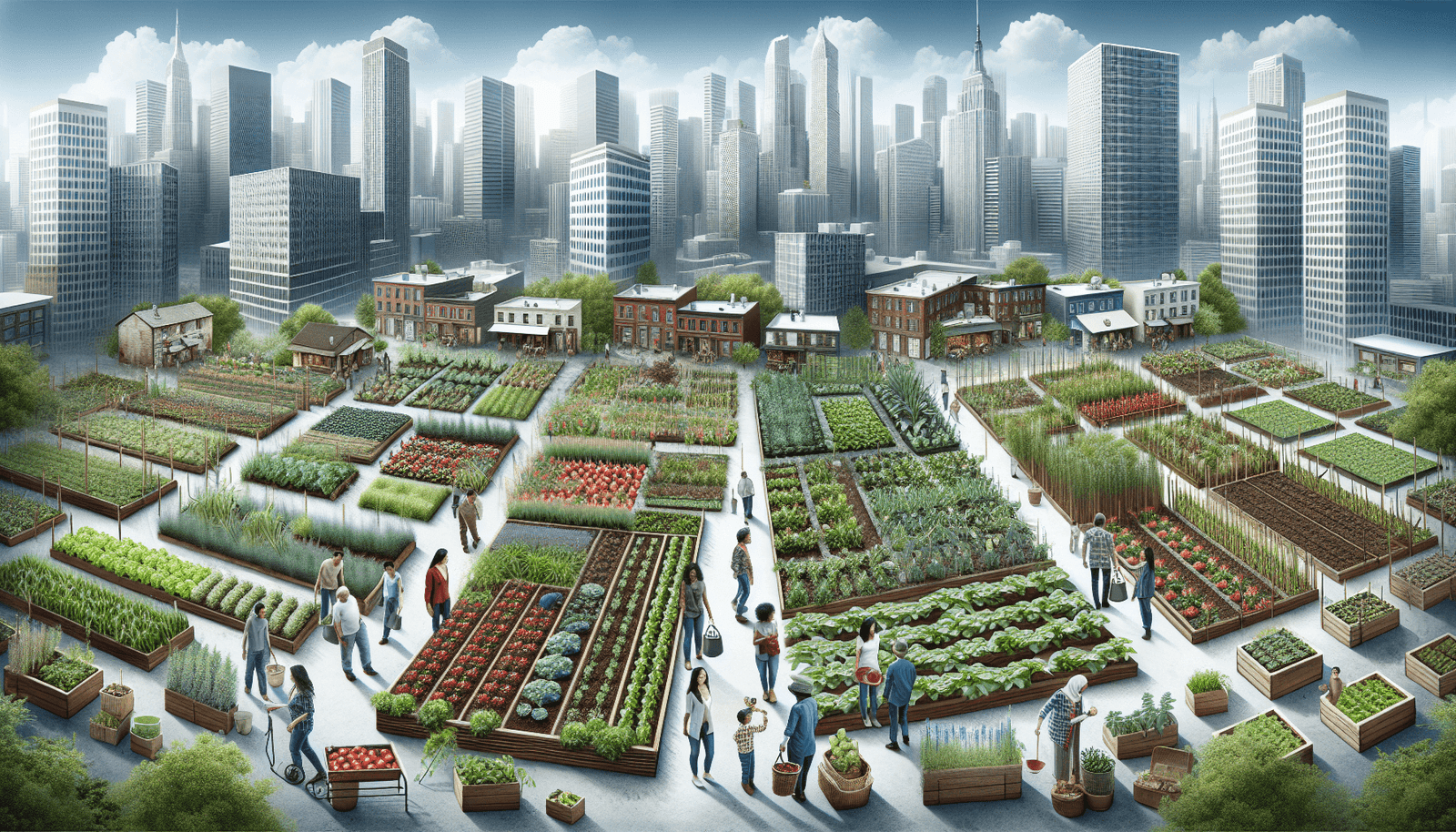Imagine you are part of a vibrant community, full of individuals eager to grow their own food, connect with nature, and foster a sense of togetherness. Now envision a space where green thumbs can unite, share their gardening expertise, and cultivate delicious fruits and vegetables. A community garden serves as the heart of this vision, but there is one burning question: what is the ideal size for such a garden? In this article, we will explore the factors that contribute to the perfect size for a community garden, taking into account the needs of its members, available space, and the goals of fostering a thriving and inclusive gardening community. So grab your gardening gloves and get ready to discover the key to a flourishing community garden.
Factors to Consider
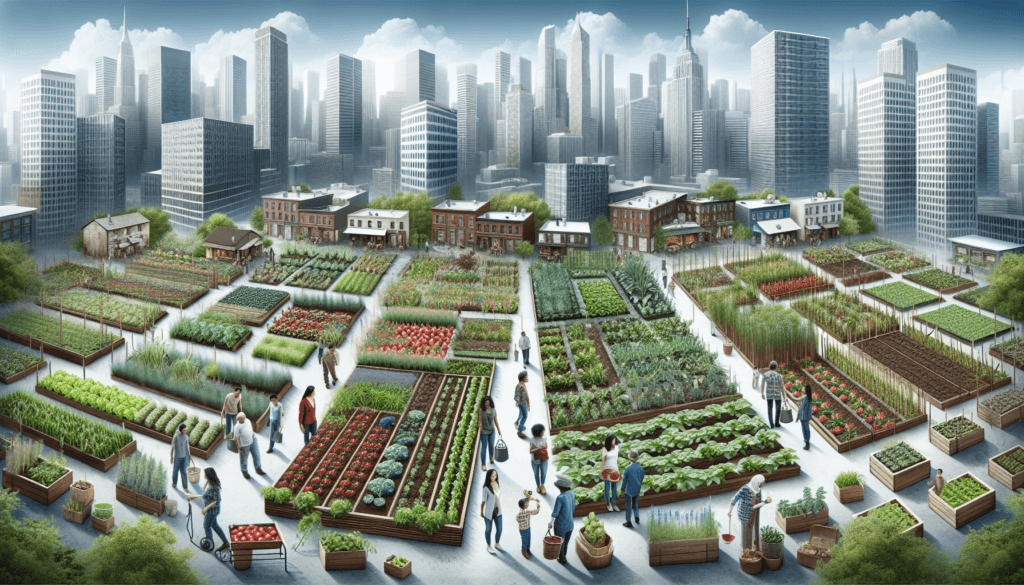
Available Space
When considering starting a community garden, the first factor to take into account is the available space. It is important to determine the size of the plot needed to accommodate the garden’s goals and the number of participants. The available space will dictate what can be grown and how much can be grown. Additionally, the layout of the plot should be considered to maximize planting space while allowing for pathways and accessibility.
Location
The location of the community garden is another important factor to consider. The climate and soil conditions of the area should be taken into account to ensure that the chosen location is suitable for the type of crops planned to be grown. The garden should also have adequate sunlight exposure to promote healthy plant growth. Furthermore, proximity to utilities such as water and electricity is essential for easy access and maintenance.
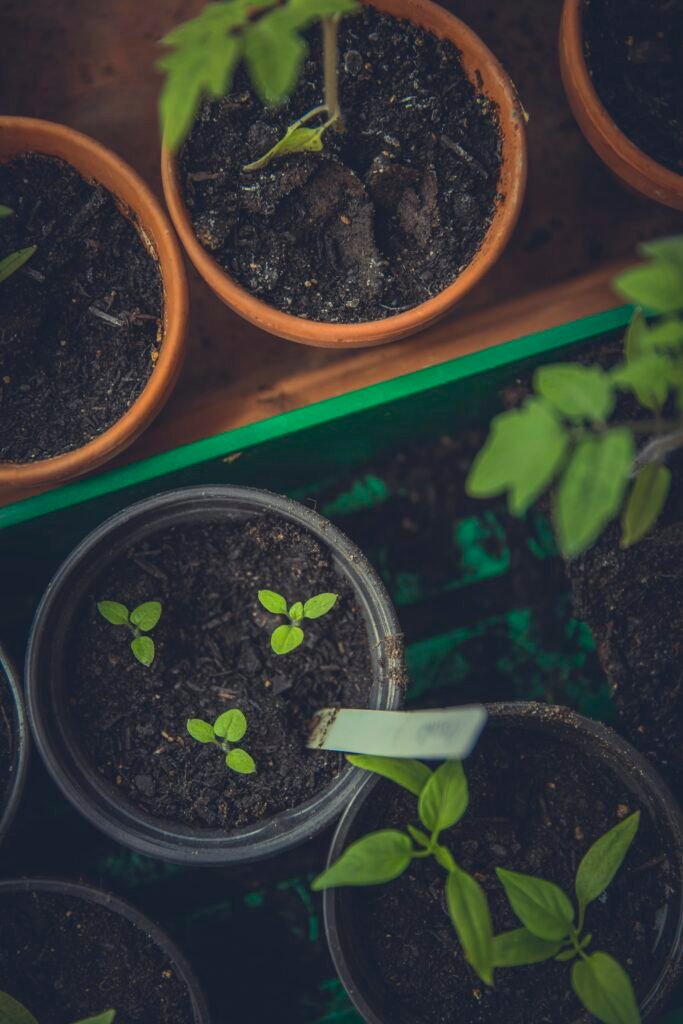
Number of Participants
Determining the number of participants is crucial as it will impact several aspects of the community garden. The garden may consist of individual plots or shared beds, depending on the preferences and needs of the participants. The size and allotment of the individual plots or beds should be carefully planned to ensure each participant has enough space to cultivate their crops. Coordination and collaboration among participants are essential for the smooth running of the community garden, and there may be a need to set a participant cap to maintain an organized and manageable garden size.
Type of Crops
The type of crops to be grown in the community garden should be chosen based on the interests and preferences of the participants. It is essential to consider the suitability of the crops for the climate and soil conditions of the garden’s location. Crop yield should also be taken into account, as some crops may be more productive than others. Crop rotation, the practice of planting different crops in successive seasons, should be considered to optimize soil health and minimize pests and diseases. Additionally, companion planting, where certain plants are grown together to provide mutual benefits, can be an effective strategy for maximizing yield and reducing pest issues.
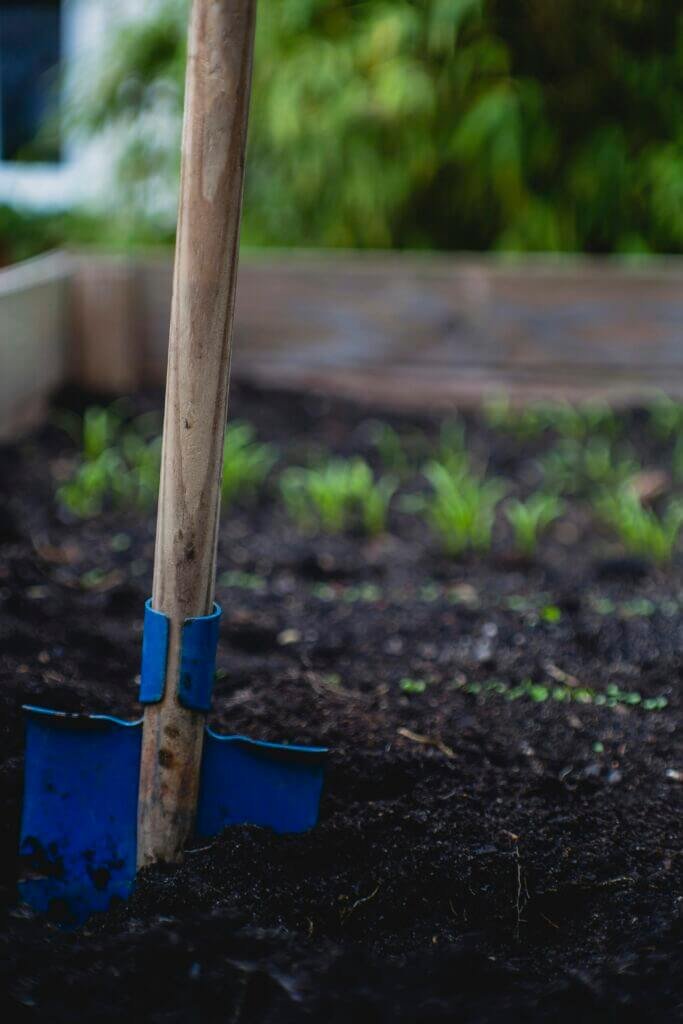
Accessibility
Ensuring accessibility in the community garden is important to accommodate people of all abilities. Wheelchair access should be considered when planning the garden’s pathways and walkways to allow everyone to move around easily. It is also crucial to have a water source readily accessible to participants for their gardening needs. Adequate tool storage facilities should be provided to make equipment easily accessible while also ensuring their safety.
Budget
The budget plays a significant role in determining the size and scope of the community garden. Costs associated with land acquisition, infrastructure expenses, maintenance, and upkeep should be carefully considered. It is important to explore funding options, such as grants, sponsorships, or community fundraising, to support the establishment and sustainability of the garden. Proper budget planning will help ensure the long-term success of the community garden.
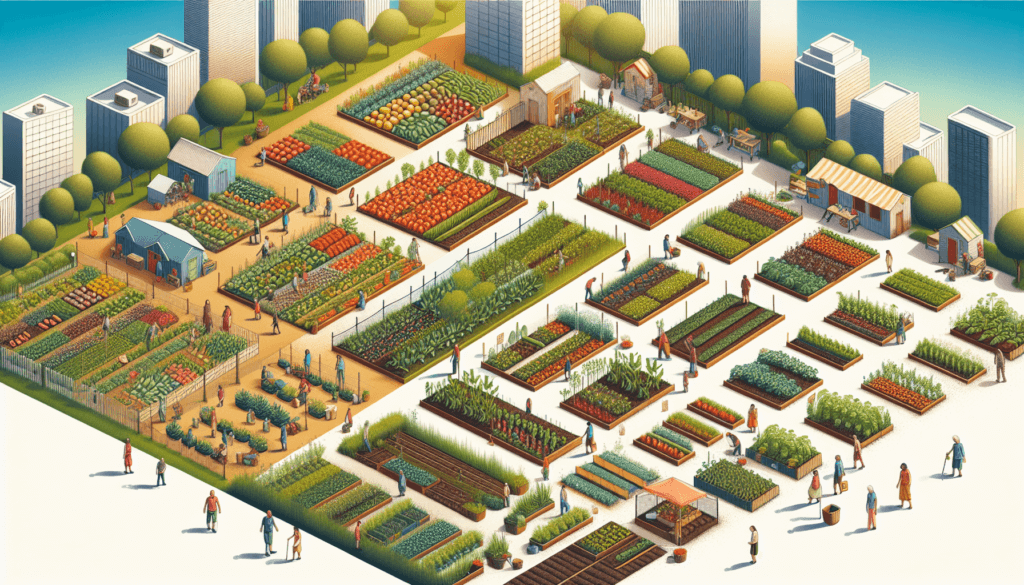
Community Needs
Identifying the community’s requirements is fundamental to developing a successful community garden. Understanding the needs, interests, and preferences of the local community will help tailor the garden’s objectives and activities to meet their specific demands. Inclusivity should be a priority, and efforts should be made to ensure equal representation and participation from diverse groups within the community. Education and skill development programs can be integrated into the garden’s activities to empower participants with the necessary knowledge and gardening skills. Moreover, the community garden can contribute to food security by providing fresh produce to those in need, fostering a sense of independence and self-sufficiency.
Management
Establishing a well-defined organizational structure is essential for the efficient management of the community garden. Roles and responsibilities should be clearly outlined to avoid confusion and ensure accountability. Scheduling and time commitment expectations should be communicated to participants to establish a sense of commitment and cooperation. Additionally, maintaining liaison with local authorities and organizations can be beneficial for seeking support, guidance, and resources.

Growth Potential
Consideration of the community garden’s growth potential is necessary for its long-term success and sustainability. The garden should have the capacity for expansion as more participants join or the goals of the garden evolve. Providing flexibility in the layout and design of the garden, such as utilizing vertical gardening techniques or leaving room for future development, can help accommodate future growth and changes.
Existing Infrastructure
Assessing the existing infrastructure in the chosen location is important to determine what resources are readily available and what needs to be developed. Adequate water supply is crucial for the irrigation needs of the garden. Availability of equipment, such as gardening tools and machinery, should be considered to ensure smooth operations. Shelter and shade should be provided to protect participants from unfavorable weather conditions. Furthermore, having storage facilities for tools, supplies, and harvested produce will contribute to the garden’s organization and efficiency.
In conclusion, starting a community garden requires careful consideration of various factors. Available space, location, number of participants, type of crops, accessibility, budget, community needs, management, growth potential, and existing infrastructure all play a vital role in the success of the garden. By addressing these factors and considering each aspect comprehensively, community gardens can be developed and nurtured to provide an enriching and sustainable experience for all involved.

